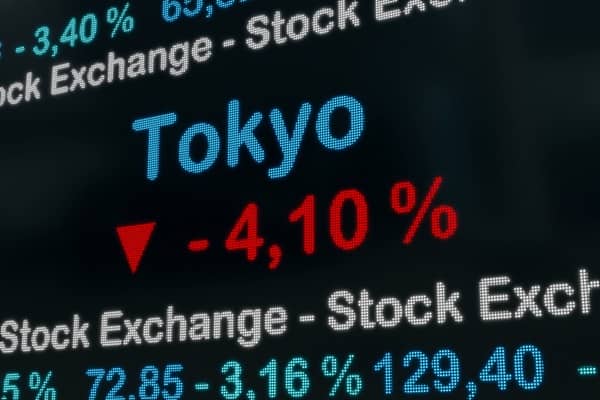Bussiness
USD/JPY: The reasons behind the new momentum at 157.50 – London Business News | Londonlovesbusiness.com

The USD/JPY pair continues to rise near 157.50 during early trading on Monday. The hawkish stance of the US Federal Reserve (Fed) provides some support for the pair.
Meanwhile, the Japanese yen (JPY) lost strength as the Bank of Japan (BoJ) decided to keep the interest rate at 0% after its June policy meeting on Friday.
The Federal Reserve kept interest rates steady at their current range of 5.25% to 5.5% during its most recent policy meeting last week, as widely expected by the markets.
Furthermore, it adjusted its rate cut forecast to only one cut in 2024.
Fed Chairman Jerome Powell stated during the press conference that the central bank does not yet have the confidence to lower rates and needs more convincing evidence that inflation is moving towards the 2% target.
On Sunday, Minneapolis Fed President Neel Kashkari indicated that it is reasonable for the Fed to wait until December to cut rates, adding that the Fed is in a very good position to gather more data before making any decisions. Additionally, Friday’s data, which included negative consumer confidence figures, had little impact on the dollar.
On the Japanese yen side, the BoJ kept its benchmark interest rate unchanged between 0% to 0.1% at the end of the two-day monetary policy meeting on Friday but hinted that it might reduce its purchases of Japanese government bonds after the next policy meeting in July.
BoJ Governor Kazuo Ueda also mentioned that he does not rule out raising interest rates in July, as the weakening yen is driving up import costs. From my perspective, this decision indicates that the BoJ is very cautious about reducing bond purchase amounts, which means the central bank is also cautious about raising interest rates. I believe that the weak Japanese yen supports the recent and near-to-medium-term rise of the USD/JPY pair.
As a result, markets were disappointed that the BoJ did not announce a rate hike in July or at least did not hint at plans to raise rates. Along with the lack of details on reducing bond purchases, the central bank indicated that it would move slowly in adjusting monetary policy. I see that the central bank’s cautious stance during the meeting led to a sharp decline in the Japanese yen.
Any plans for the BoJ to tighten policy might be delayed due to the weak Japanese economy. The GDP contracted by -1.8% annually in the first quarter and household spending shrank by 1.2% month-on-month in April.
Based on all the above, weak US Producer Price Index data followed the Consumer Price Index report for May, which also slowed down. This led to increased expectations of a rate cut in September, currently at 61% for a quarter-point cut, compared to 46% just a week ago. This might cause the USD/JPY pair to undergo sideways consolidation near current levels in the near term until new market catalysts emerge.








